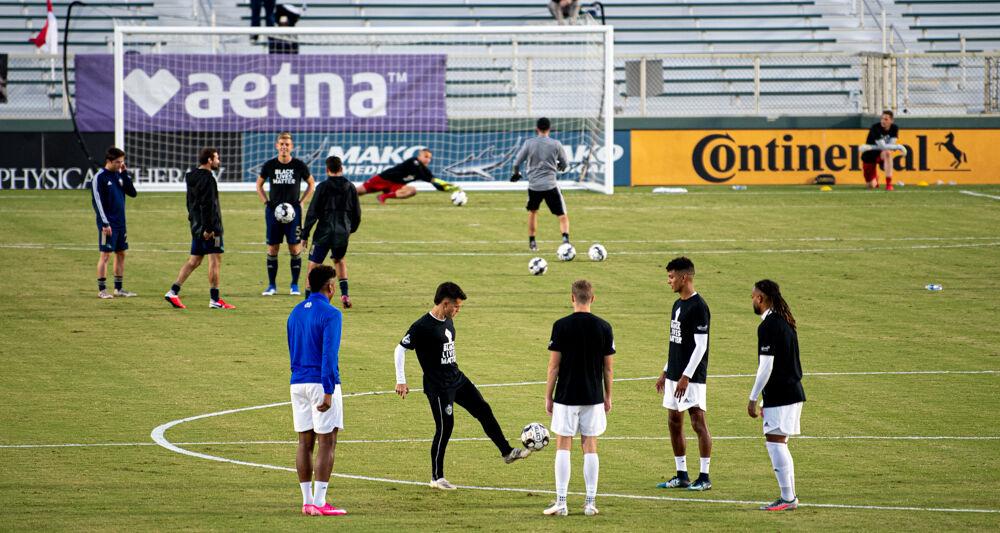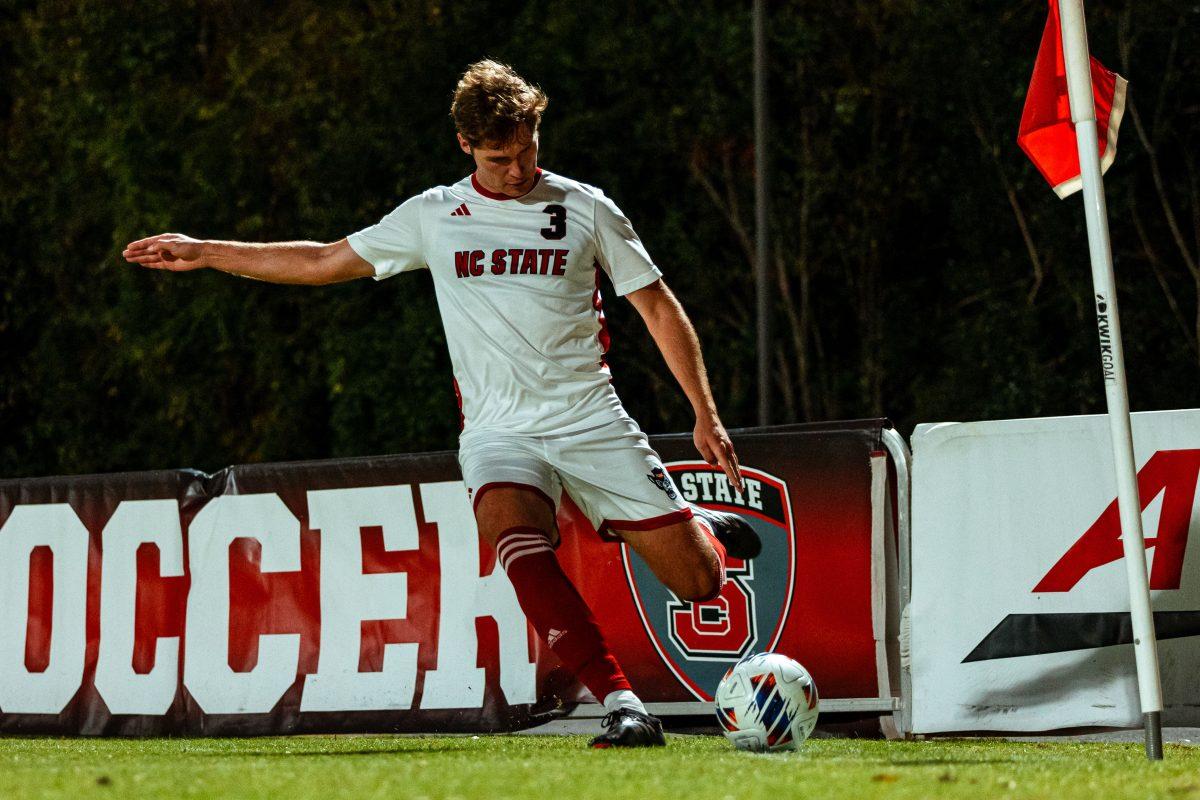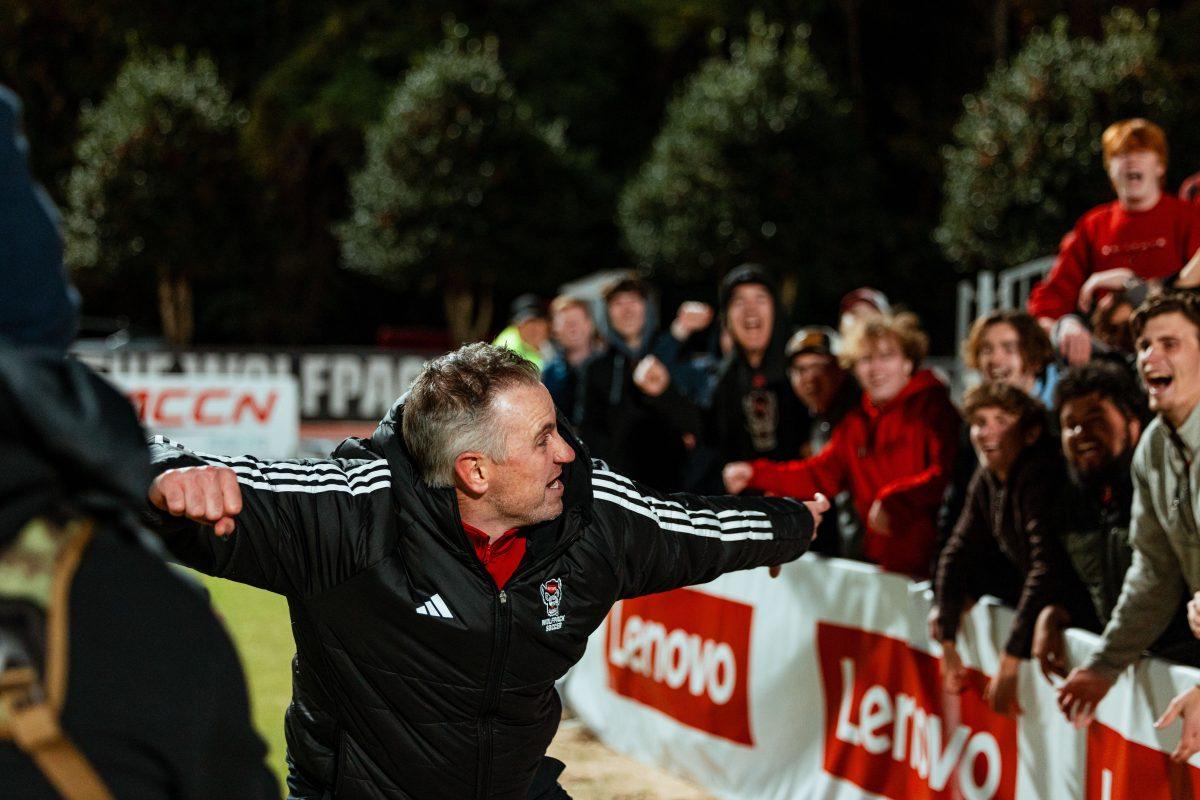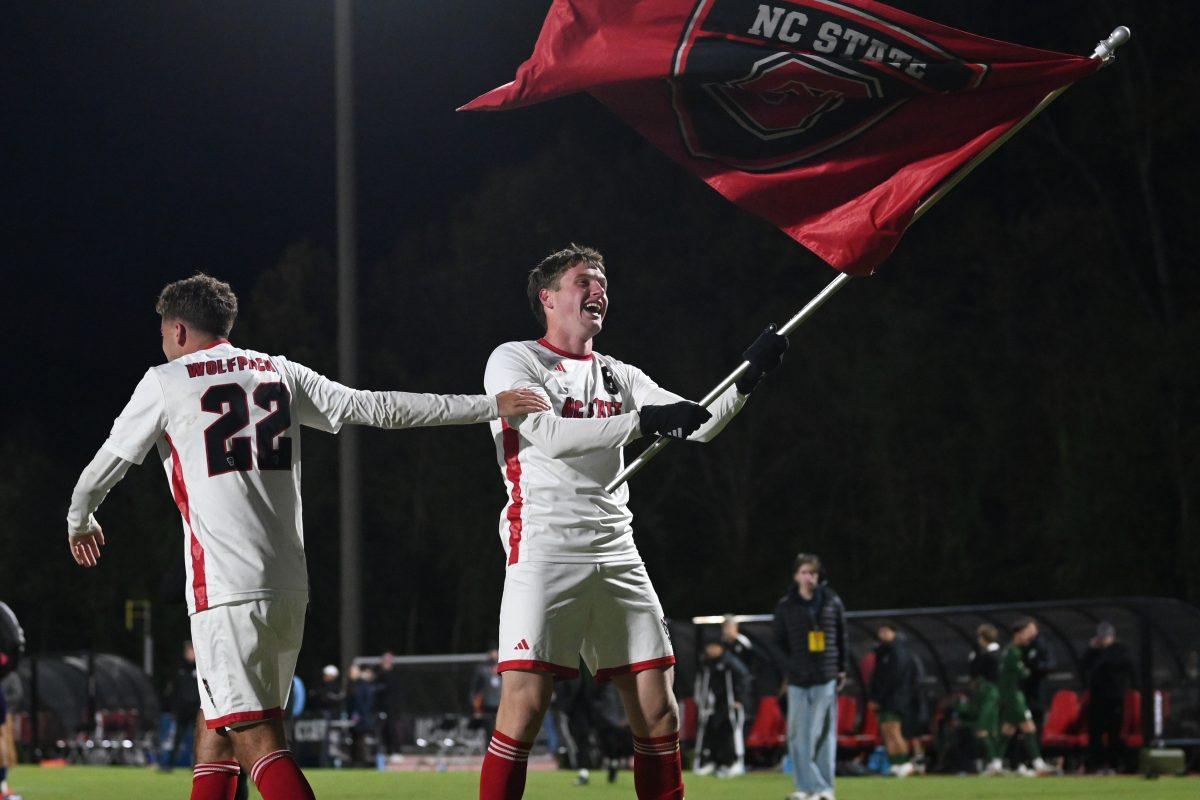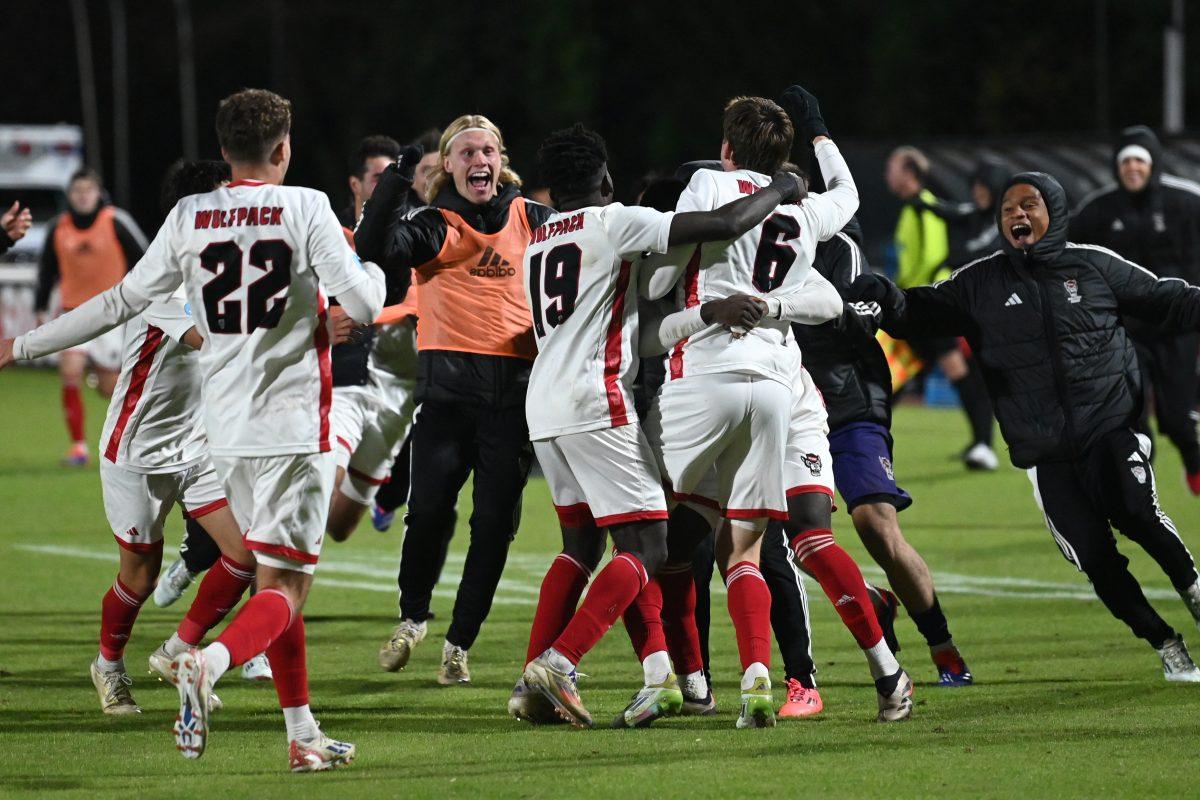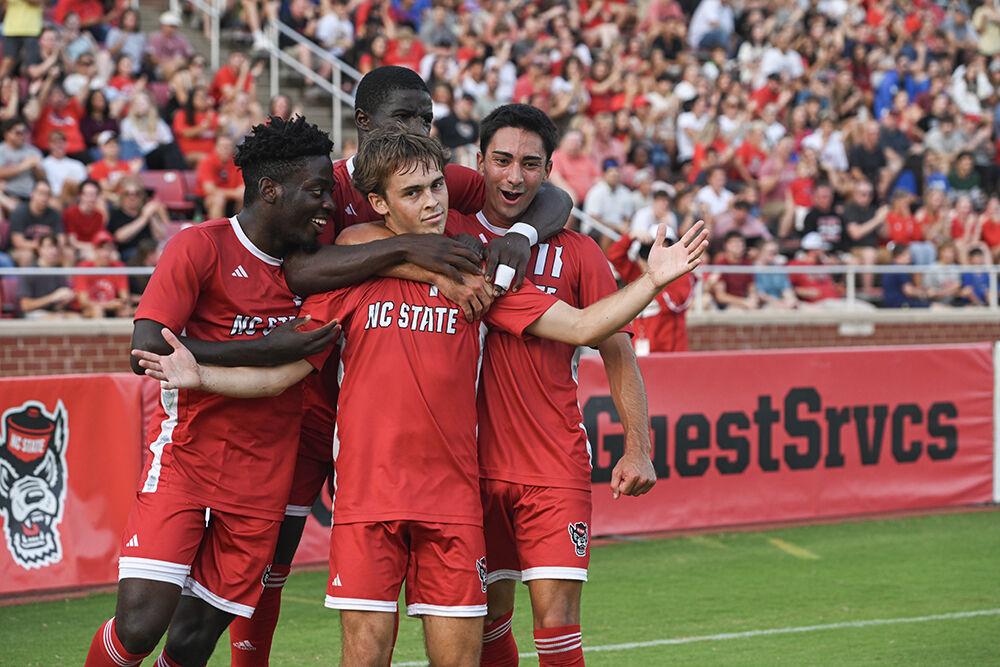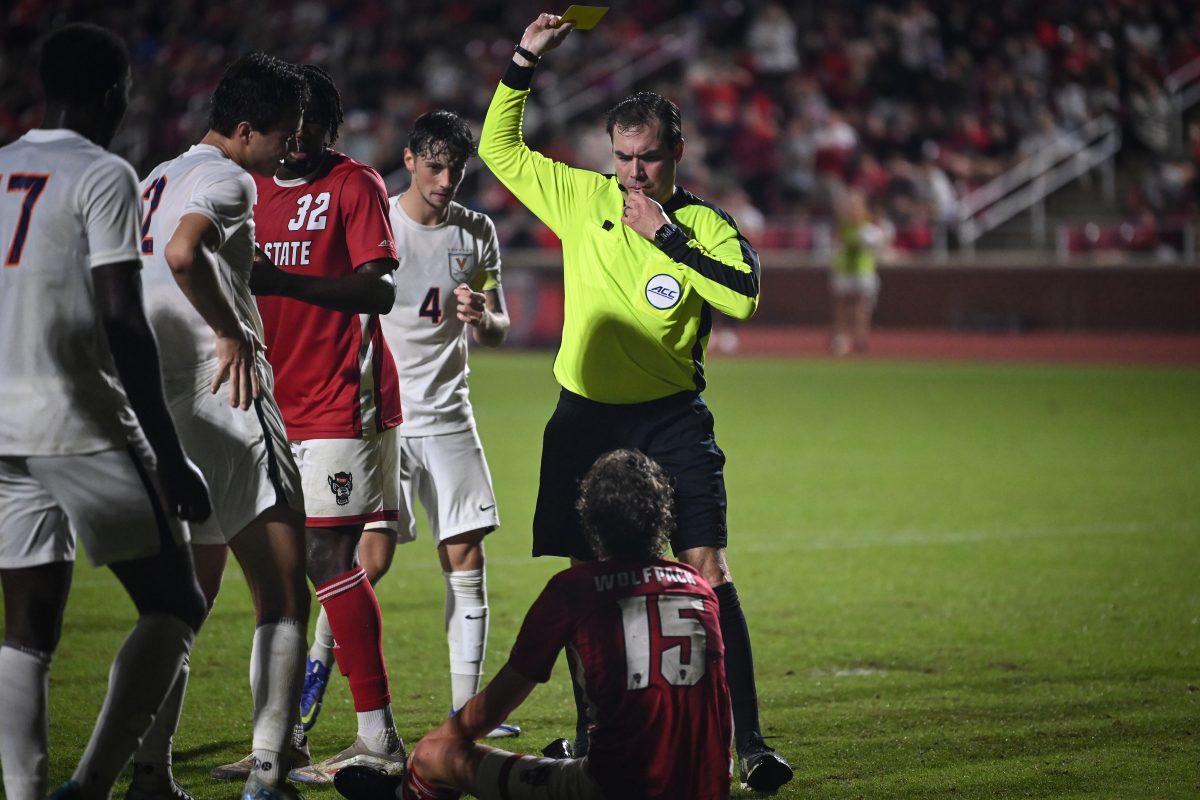On Jan. 10, North Carolina FC announced its move from the USL Championship to USL League One in the hopes of focusing on its youth development system and providing extra playing opportunities to academy players.
While it might be easy to assume the financial difficulties seen across the sports world had a major impact on the decision to move to League One, NCFC general manager and President Curt Johnson felt the move had been coming for a while.
“COVID has impacted every soccer business in the United States in some way, shape or form, in a lot of cases very dramatically,” Johnson said. “We have to look at it with a lens of COVID. But really, if you look at the last 10 years, you can see this coming, in terms of the need and the want for us to provide enhanced development opportunities for teenage players.”
Four days after announcing the move to League One, the club and former head coach Dave Sarachan parted ways. The position did not stay vacant for long with the club announcing John Bradford, the NCFC Youth academy director and an assistant coach under Sarachan, as the team’s new head coach, a move that further solidified its focus on youth development.
Bradford has been involved with NCFC Youth, previously CASL (Capital Area Soccer League), for 15 years, becoming the academy director in 2013. Through those years, Bradford helped a lot of players go on to play at the college and professional level, and now he is in charge of an NCFC squad filled with former academy players who he helped develop.
“It’s extremely rewarding on the front end, and then I think it comes with a strong sense of responsibility to take the opportunity and make the most of it going forward,” Bradford said. “For the last two years, I’ve been fortunate enough to work with the pro side, and the assistant coach capacity and work with players like [Dre Fortune] and [D.J. Taylor] and [Caleb Duvernay] and [Conor Donovan] and guys that had come through our academy program and [Manny Perez], and see them blossom into strong professional players.”
While the squad already has a number of former academy standouts, the move to League One is going to provide even more opportunities for academy players to take the next step in their development.
“It was looking at ourselves, and what our strengths are, what our opportunities are and what really needed to get better in terms of development,” Johnson said. “The strength of our club is the youth to pro model, the fact that we have the full spectrum of opportunities in the club. An opportunity for the club is to get more minutes for our elite, teenage players, and to get more, specifically professional, minutes to aid in their development to speed up their development. When you look at it with that view, this, the move to League One, makes a lot of sense.”
One of the crucial stepping stones between NCFC Youth and professional and collegiate levels has been the NCFC U23 team, which competes in USL League Two. According to Bradford, though the connection between the first team and U23 team might look different this year due to USL COVID-19 protocols, the U23s will still provide important opportunities for academy players.
“The other thing that’s extremely valuable for USL League Two is the connection with college players,” Bradford said. “During those summer months, they’re able to come in and showcase themselves, whether it’s an opportunity to extend later provided with NCFC or somewhere else. We just want to be a great platform and development opportunity and those months.”
The U23 team has seen members of the NC State men’s soccer team compete for it over the last few summers, including junior midfielder Aidan Foster, whose time with the U23s helped develop the defensive side of this game. Foster provides a good example of what the U23 team does for college players.
“[Foster] was a CASL-turned-NCFC player all his life,” Bradford said. “But then once you hit that U19 level at most clubs, that’s the most challenging environment you can create for yourself prior to going to college. And once you get to college, you’re playing with men, sometimes four years older than you, and they’re bigger, faster, stronger and all that. So to try to narrow the amount of development that has to take place once a player gets onto a college campus, having the U23s expose them to that difference is massive and having the first team to expose them to that is massive.”
The club’s USL League Two side is not the only connection between NCFC and the different local college programs. Bradford has always put an emphasis on evolving the programs in local youth development, even going back to his first year as academy director at CASL.
“One of the first things I did was try to get John Kerr from Duke, Carlos Somoano from Carolina and, at that time, Kelly Findley from NC State, but now George Kiefer, all of them involved in our staff from the academy because it’s a win-win situation for both,” Bradford said. “Our players get exposed to great local coaches at high levels, at the university level. And then those programs start being aware of our player pool and continue to recruit and go to the collegiate route.”
Bradford does not want the club’s youth set up to be an either-or pathway for players, instead tailoring each player’s development to what is best for them.
“It’s important, our geography, our place in the United States, we have so many great college soccer programs in our area,” Bradford said. “We are not going to become an either-or kind of pathway outcome program. Some players, it makes all the sense in the world to progress into the collegiate arena and in some players have professional ambition and have the ability to step into that. For us, it’s a balance of both, but having those programs, not just the three I mentioned, but all the other programs that we interact with and respect so much, having the connection there is massive.”
This added emphasis on youth development is not unique to NCFC in Johnson’s opinion. Instead, he views the decision as an example of a larger movement within the U.S. soccer scene.
“We’re a microcosm of soccer in the United States,” Johnson said. “What we’re seeing, in particular over the last five to seven years, is players are developing more quickly and reaching higher levels in greater numbers than ever before. And a lot of what’s driving that is the work that people like John have been doing with the young ones, putting them in great playing environments and training environments day in and day out. But also what’s driving that is professional minutes. Playing at the highest possible level, always pushing their ceiling higher and higher depending on their own development path. And I think with that lens on it, you can see that this this moment was coming whether it be in USL Championship or League One or NASL, those are relevant things to analyze, but in some ways, regardless of what league we’re in, this was a moment that needed to happen for the development of these top players.”


